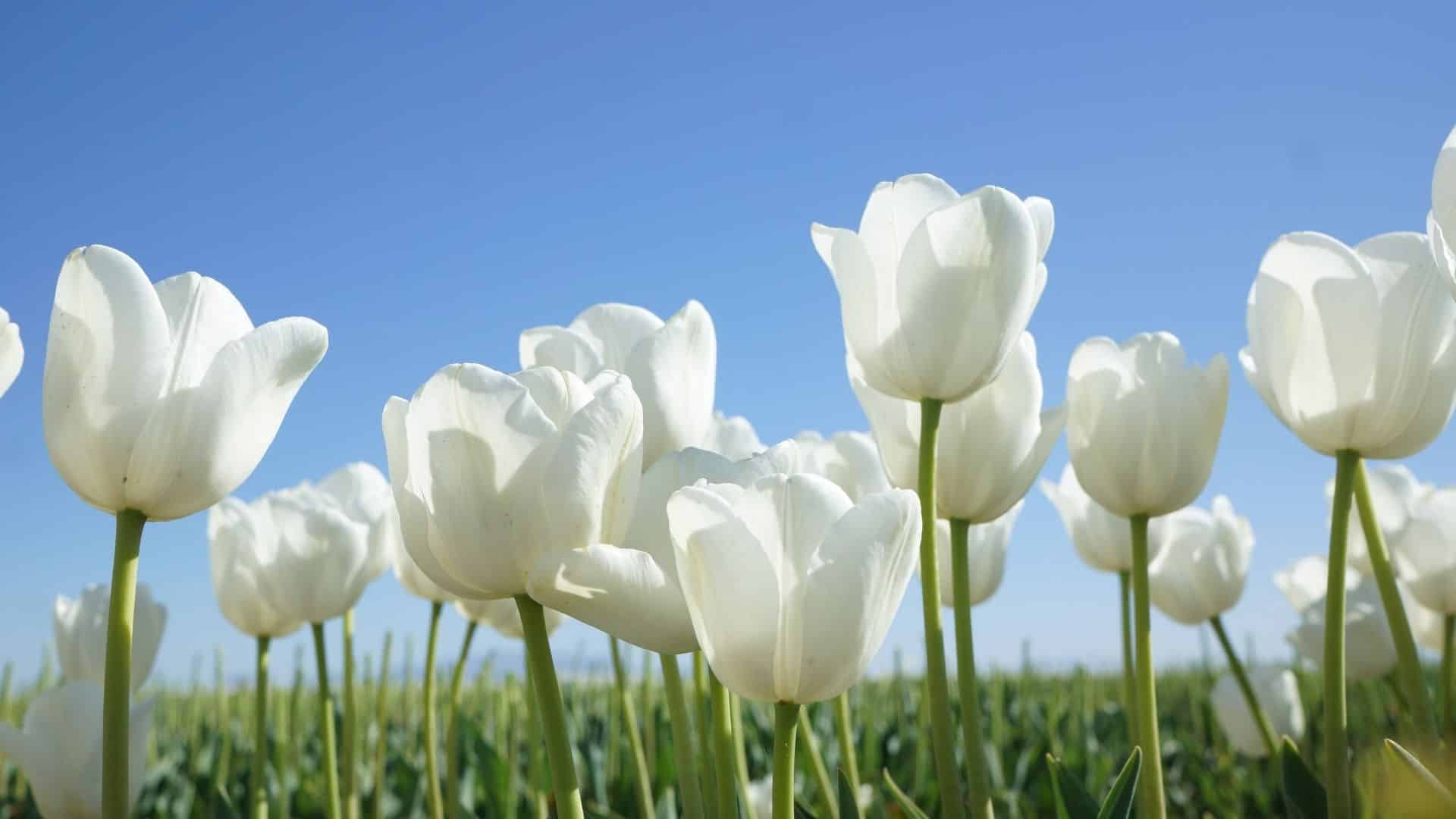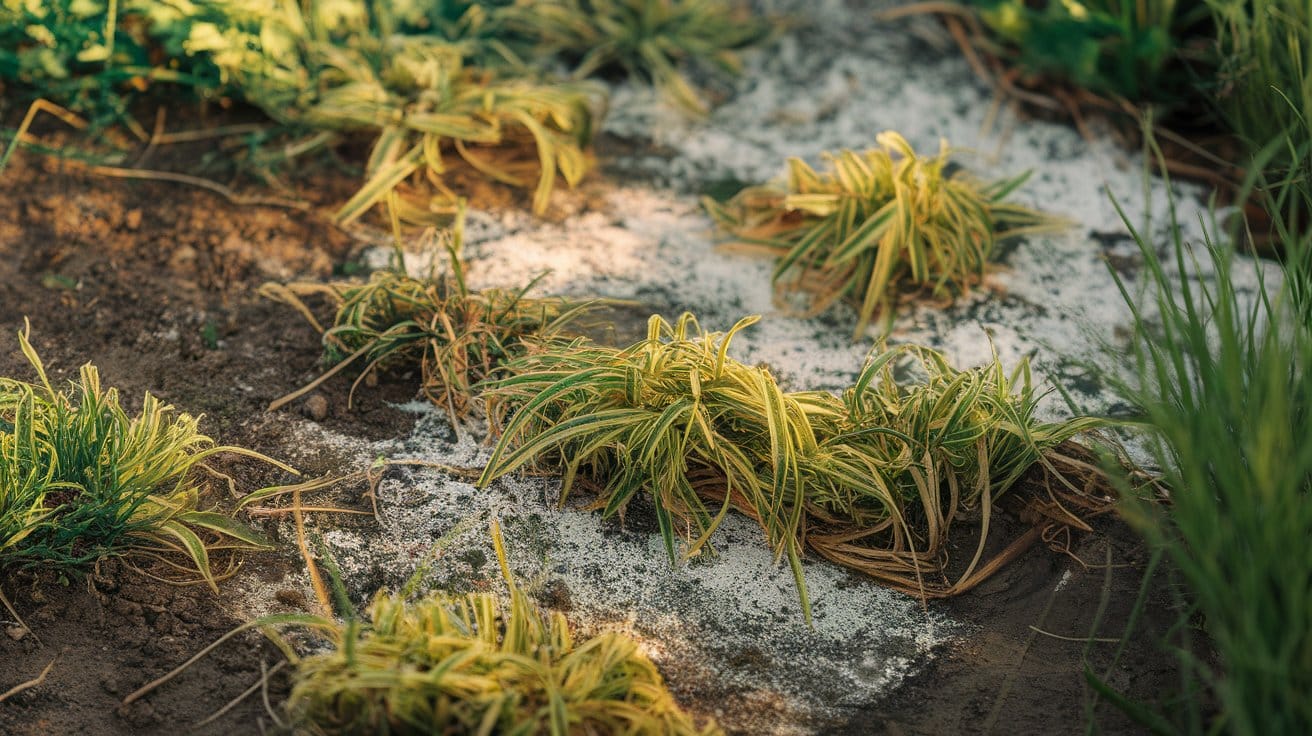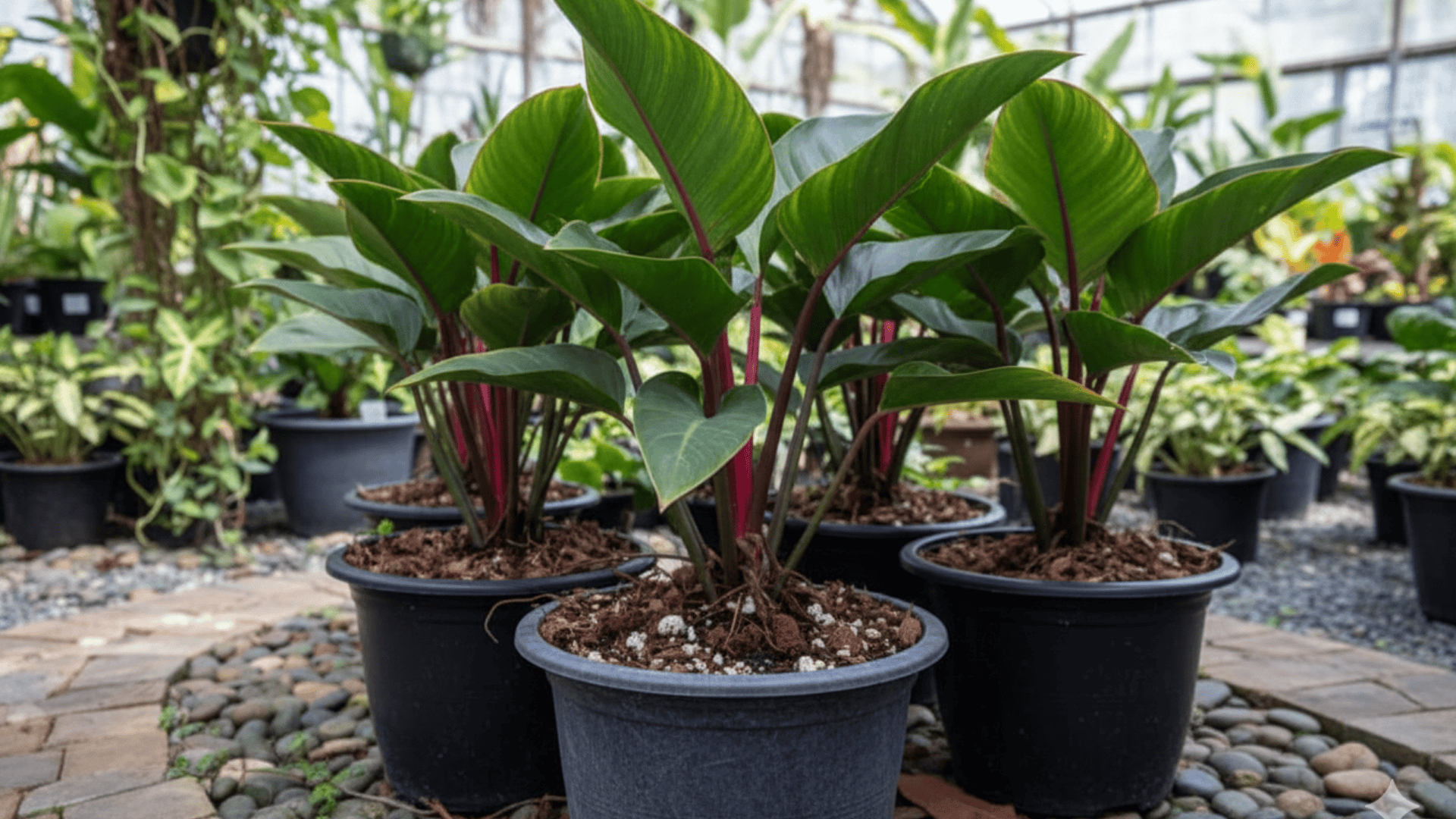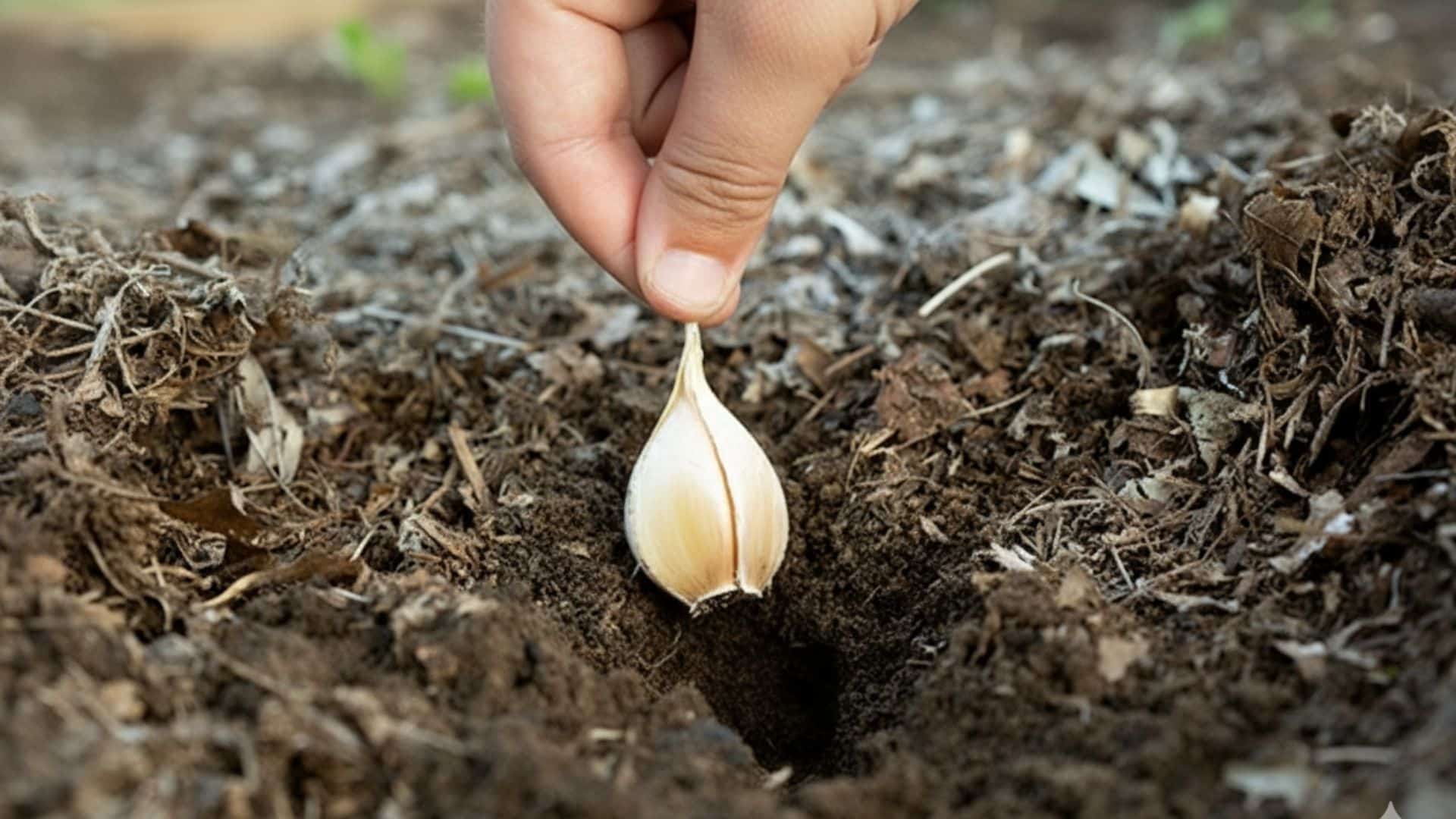Lavender is admired for its fragrance, delicate purple blooms, and freshness in gardens and containers.
It’s a plant that thrives with minimal care, but gardeners wonder if using fertilizer helps or harms it.
The truth is, lavender does best in poor, well-drained soil, and too much feeding can do more harm than good.
However, with the right fertilizer and careful timing, you can support strong growth and consistent flowering.
This blog explains the best fertilizer for lavender and how to apply it, along with essential care tips for watering, pruning, and soil management.
Should You Use Fertilizer for Lavender Plants?
Lavender doesn’t rely heavily on fertilizer to grow.
It grows well naturally in low-nutrient, well-drained soil, which allows it to establish deep roots and develop its signature fragrance.
Over-fertilizing the lavender can cause rapid foliage growth and weaken stem structure, leading to fewer flowers.
To keep your lavender plant care routine simple, use fertilizer sparingly and focus on soil health instead of constant feeding.
Healthy soil allows roots to access nutrients efficiently while preventing issues like rot or nutrient imbalance.
Ideal Soil Conditions for Lavender Plant
| Aspect | Description |
|---|---|
| Soil Type | Sandy or gravelly soil ensures proper drainage and aeration for healthy roots. |
| pH Range | Keep the soil slightly alkaline, ideally between 6.5 and 7.5. |
| Drainage | Avoid compacted or clay-heavy soils that hold excess moisture and cause rot. |
| Improvement Tip | Add coarse sand or small stones to dense soil for better water flow. |
Tip: Feed lavender lightly once in early spring if growth appears slow or leaves start to pale. This single, well-timed application supports strong roots without overstimulating the plant.
Fertilizer for Lavender: What Should You Feed Lavender?
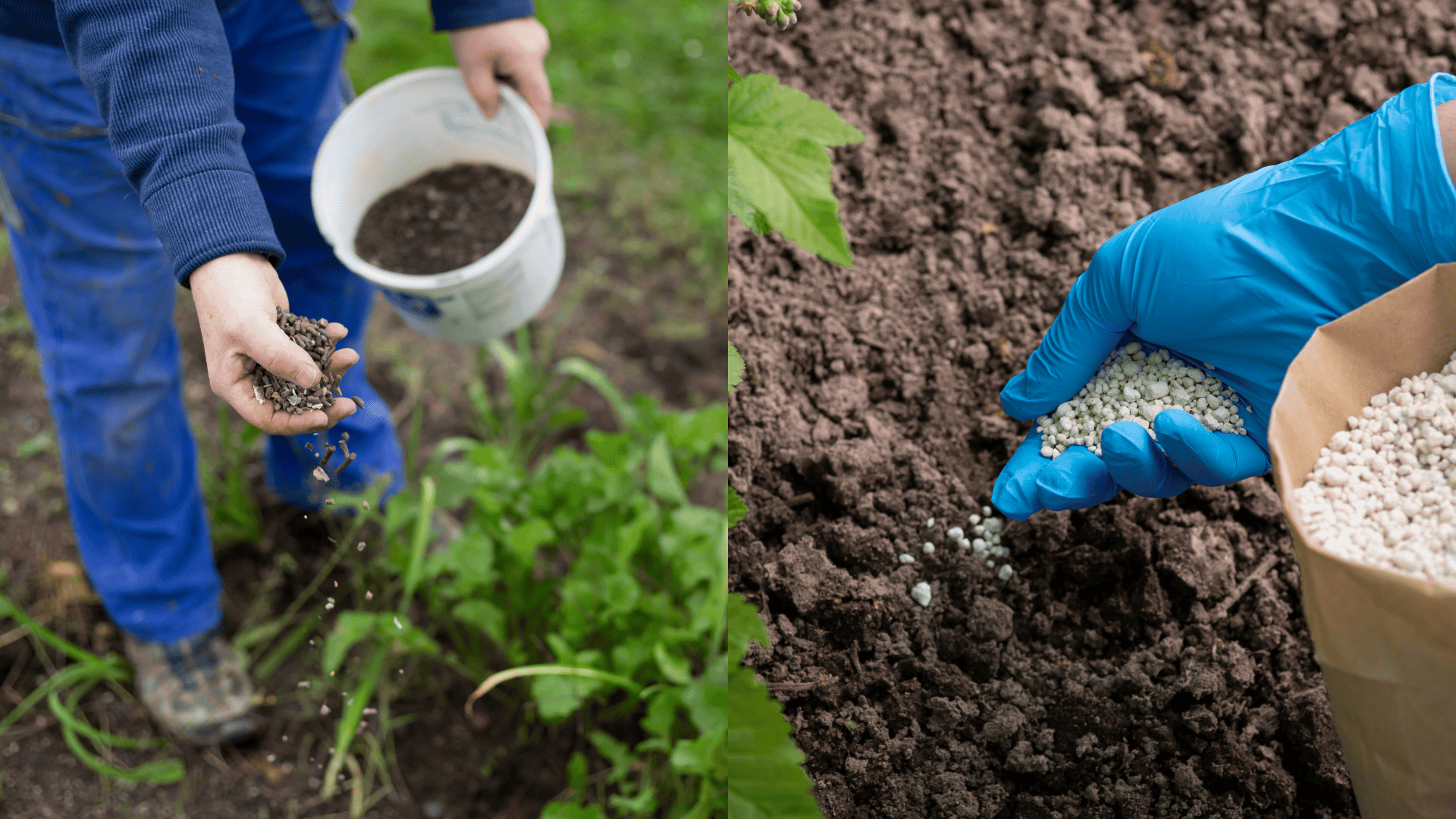
Lavender grows best in lean, well-draining soil and doesn’t need much fertilizer.
Light feeding at the right time strengthens roots and supports better blooms.
The goal is to nourish, not overfeed. A small amount of the right fertilizer keeps lavender healthy and productive.
The following fertilizers offer just enough nourishment to strengthen roots and promote blooming without causing excess leaf growth or weakening the plant:
1. Compost
Adds organic matter, improves soil texture, and provides slow, steady nutrients without overstimulating growth.
Apply in early spring before blooming.
Available at:Lowe’s Garden Centers.
2. Bone Meal
Rich in phosphorus for stronger roots and flower development.
It’s best used when planting or transplanting lavender.
Available at:Espoma Organic Bone Meal.
3. Fish Emulsion (Diluted)
Offers gentle nitrogen and trace minerals, ideal for container lavender.
Dilute heavily and apply once a month during growth.
Available at:Alaska Fish Fertilizer 5-1-1.
4. Low-Nitrogen Granular Fertilizer (5-10-10)
Encourages flower production and strong stems without excess leaf growth.
Use sparingly in early spring.
Available at:Dr. Earth Bloom Booster 5-10-10.
5. Slow-Release Flower Fertilizer (3-4-4)
Suitable for long-term feeding in pots.
Releases nutrients gradually, keeping plants healthy throughout the season.
Available at:Jobe’s Organics 3-4-4 Flower.
Pro Tip: Feed lavender once in early spring and again in midsummer, if needed. Overfeeding can cause soft, leggy growth and reduce flower production.
When and How to Apply Fertilizer for Lavender Plants?
For the best lavender plant care, feed once in early spring as new growth begins.
Avoid late-season fertilizing, as it encourages tender shoots that are vulnerable to frost.
Early spring feeding aligns with the plant’s natural growth cycle, giving roots the nutrients they need to support sturdy stems and abundant blooms.
Proper timing of fertilizer for lavender also prevents nutrient waste and helps maintain soil balance throughout the season.
Step 1: Spread Fertilizer Evenly
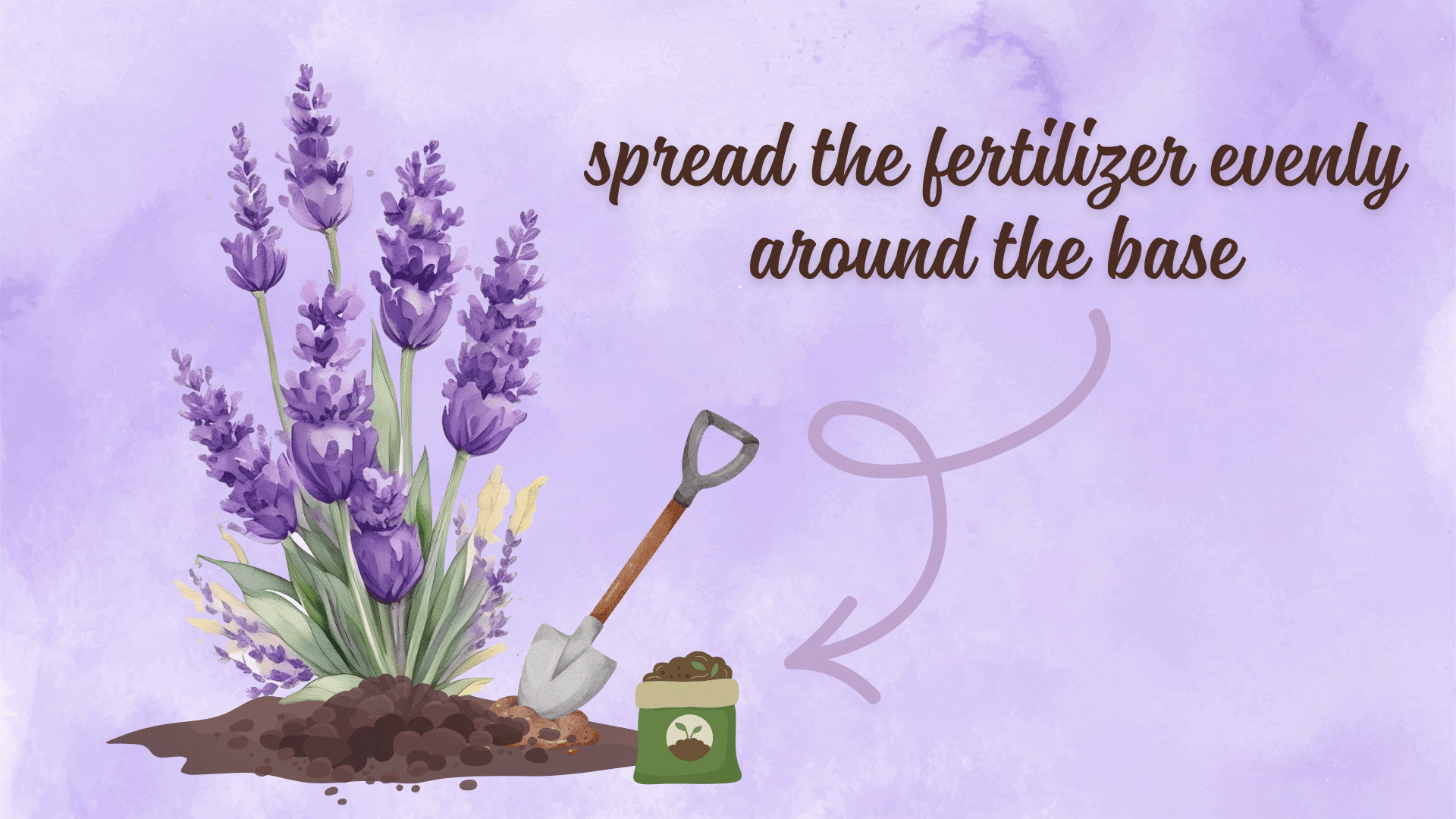
Avoid placing the fertilizer directly on the crown, as this can cause burning or rot.
Gently mix it into the top layer of soil so nutrients reach the roots gradually.
This simple step ensures even absorption and balanced lavender plant care.
Step 2: Water Lightly Afterward
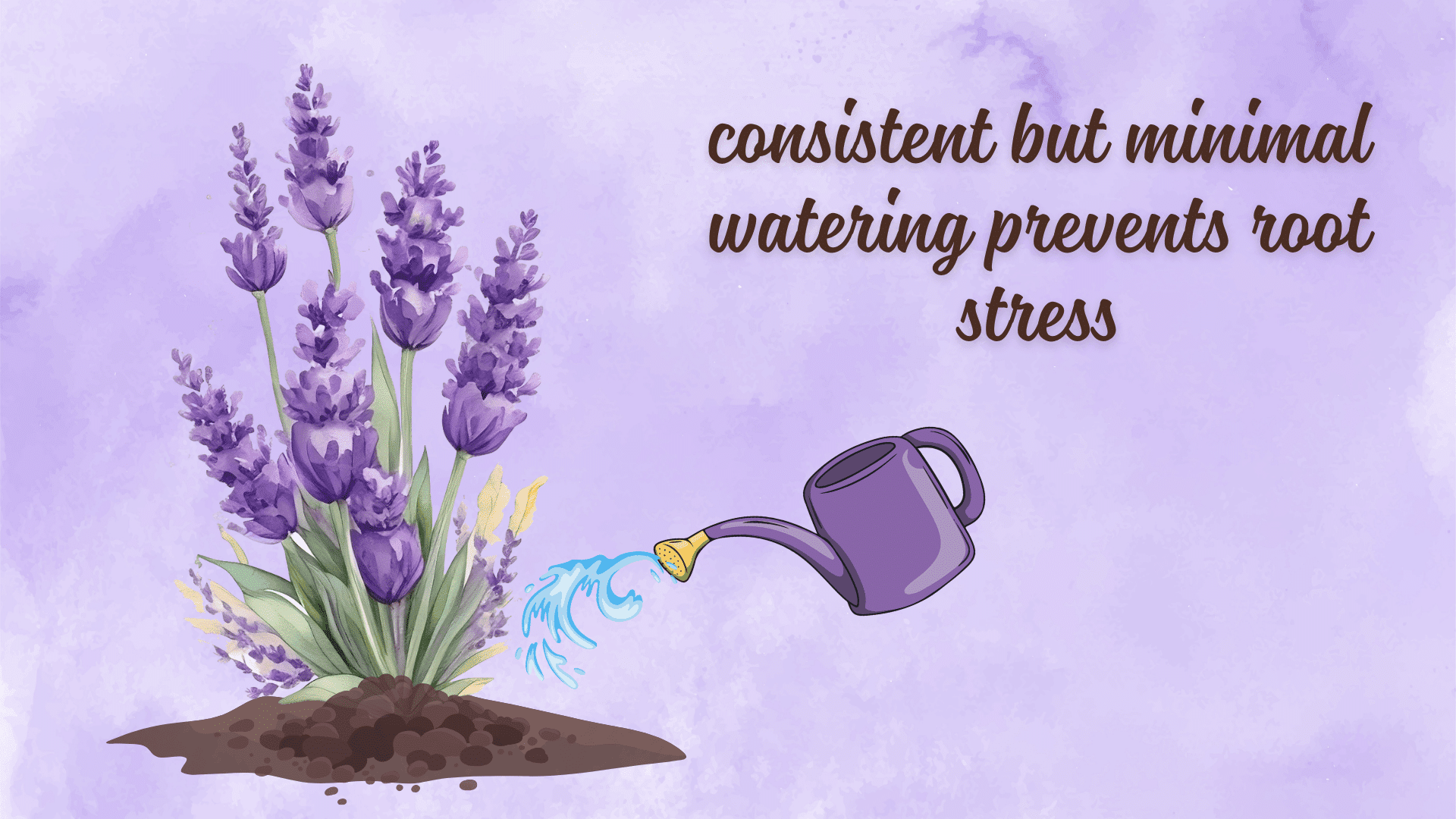
Use just enough water to moisten the soil without creating puddles.
Consistent but minimal watering prevents root stress and keeps the soil aerated, which is essential for effectively caring for lavender.
Step 3: Apply Fertilizer Every 6–8 Weeks
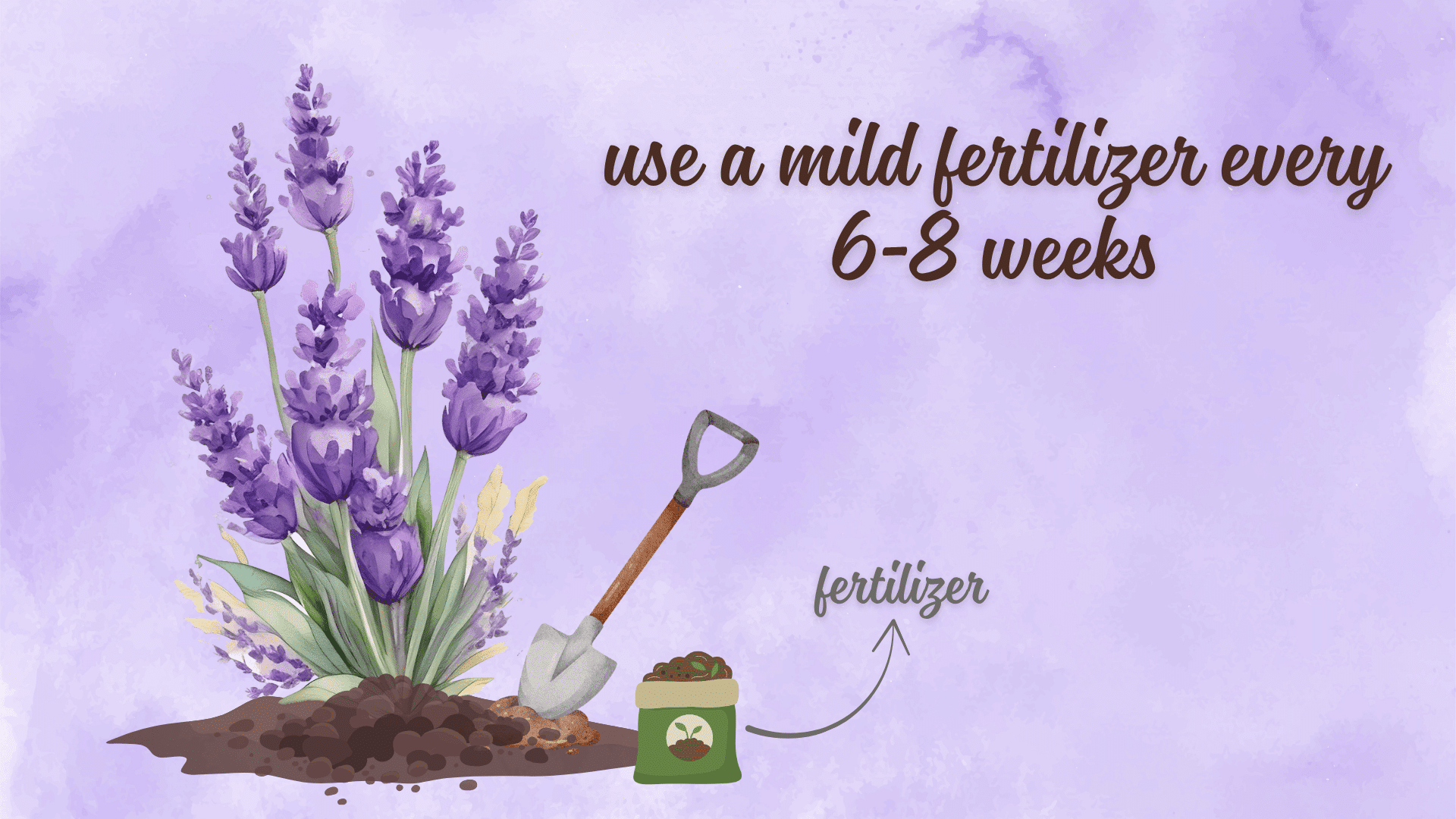
Potted lavender has limited soil volume, so nutrients deplete faster.
A light, diluted feeding schedule keeps plants vibrant without overloading them, especially when using a mild fertilizer for lavender.
Step 4: Stop Fertilizing in Late Summer

Late-season feeding encourages tender shoots that won’t survive frost.
Reducing fertilizer before fall prepares lavender for dormancy and strengthens its root system for the next growing season.
Pro Tip: Always test your soil first. If nutrient levels are sufficient, skip fertilizing. Lavender prefers fewer nutrients rather than excess.
Seasonal Lavender Plant Care and Fertilizer Routine
Lavender plant care changes with the seasons.
Each stage of the year requires different attention to watering, pruning, and fertilizing for lavender.
Understanding what the lavender plant needs in spring, summer, fall, and winter ensures lasting blooms and healthy growth.
| Season | Fertilizing | Watering | Pruning & Maintenance | Special Care Notes |
|---|---|---|---|---|
| Spring | Light feeding with low-nitrogen fertilizer for lavender | Moderate; keep soil lightly moist | Trim winter damage, encourage new growth | Check drainage and soil pH |
| Summer | None required after spring feeding | Deep watering, less frequent | Remove spent blooms for continuous flowering | Maintain airflow to prevent disease |
| Fall | Stop fertilizing by early fall | Reduce watering | Light shaping prune | Add gravel for improved drainage |
| Winter | No fertilizer | Minimal watering | No pruning | Protect roots with gravel mulch or move pots indoors |
Quick Tip: Mastering how to care for lavender seasonally ensures consistent growth and a steady supply of blooms every year.
Essential Lavender Plant Care Tips
Fertilizer plays a small but important role in how to care for lavender.
Sunlight, water control, pruning, and soil texture are equally vital for maintaining healthy growth.
1. Sunlight and Location: Lavender flourishes in full sunlight. Aim for at least 6–8 hours of direct light each day. Insufficient sunlight weakens the plant, resulting in fewer flowers and less fragrance.
2. Watering Routine: Water deeply, but allow the soil to dry completely between watering sessions. Overwatering can lead to root rot. For potted lavender, ensure pots have drainage holes to prevent standing water.
3. Pruning and Maintenance: Trim your plants once a year, preferably after flowering, to prevent woodiness and stimulate fresh growth. Remove spent blooms regularly to encourage continuous flowering through the season.
Common Fertilizing Mistakes in Lavender Plant Care
Even experienced gardeners can make simple yet impactful errors when applying fertilizer for lavender.
These mistakes often come from overfeeding or misunderstanding lavender’s natural growing preferences.
Recognizing and avoiding them ensures stronger plants, better blooms, and a more fragrant garden overall.
- Over-fertilizing: Too much fertilizer causes rapid leaf growth, poor bloom quality, and weak stems.
- Ignoring Soil pH:Acidic soil restricts nutrient uptake. Maintain a slightly alkaline balance for best results.
- Using Rich Compost:Overly fertile composts can smother lavender roots and create water retention problems.
- Frequent Feeding:Lavender does not need constant nutrition. Once-a-year feeding is enough for in-ground plants.
By focusing on balance and simplicity, lavender stays healthy and produces steady, fragrant blooms year after year.
Conclusion
Fertilizing lavender doesn’t have to be complicated.
A light application of low-nitrogen fertilizer for lavender once in spring is all it needs to stay strong and vibrant.
Combined with full sun, dry soil, and annual pruning, this routine creates the perfect conditions for healthy plants and abundant blooms.
Successful lavender plant care depends on moderation.
Avoid overfeeding, keep the soil well-drained, and observe how your plants respond throughout the growing season.
Each lavender variety adapts slightly differently, but all share one rule: less is more.
Have you experimented with different fertilizers for your lavender plants?
Share your experience and favorite tips in the comments below.
Frequently Asked Questions
What Happens if Lavender Is Overfed with Fertilizer?
Too much fertilizer leads to soft, weak stems and reduced flower production. It also makes the plant more prone to diseases and winter damage.
Can Lavender Fertilizer Help Revive Old or Woody Plants?
Fertilizer alone won’t restore woody lavender. Instead, prune the plant back by one-third in spring and use a light feeding to encourage fresh growth.
Is It Necessary to Fertilize Lavender Grown in Gravel Gardens?
No. Gravel gardens naturally mimic lavender’s native environment. Occasional watering and pruning are usually enough to maintain healthy growth.



